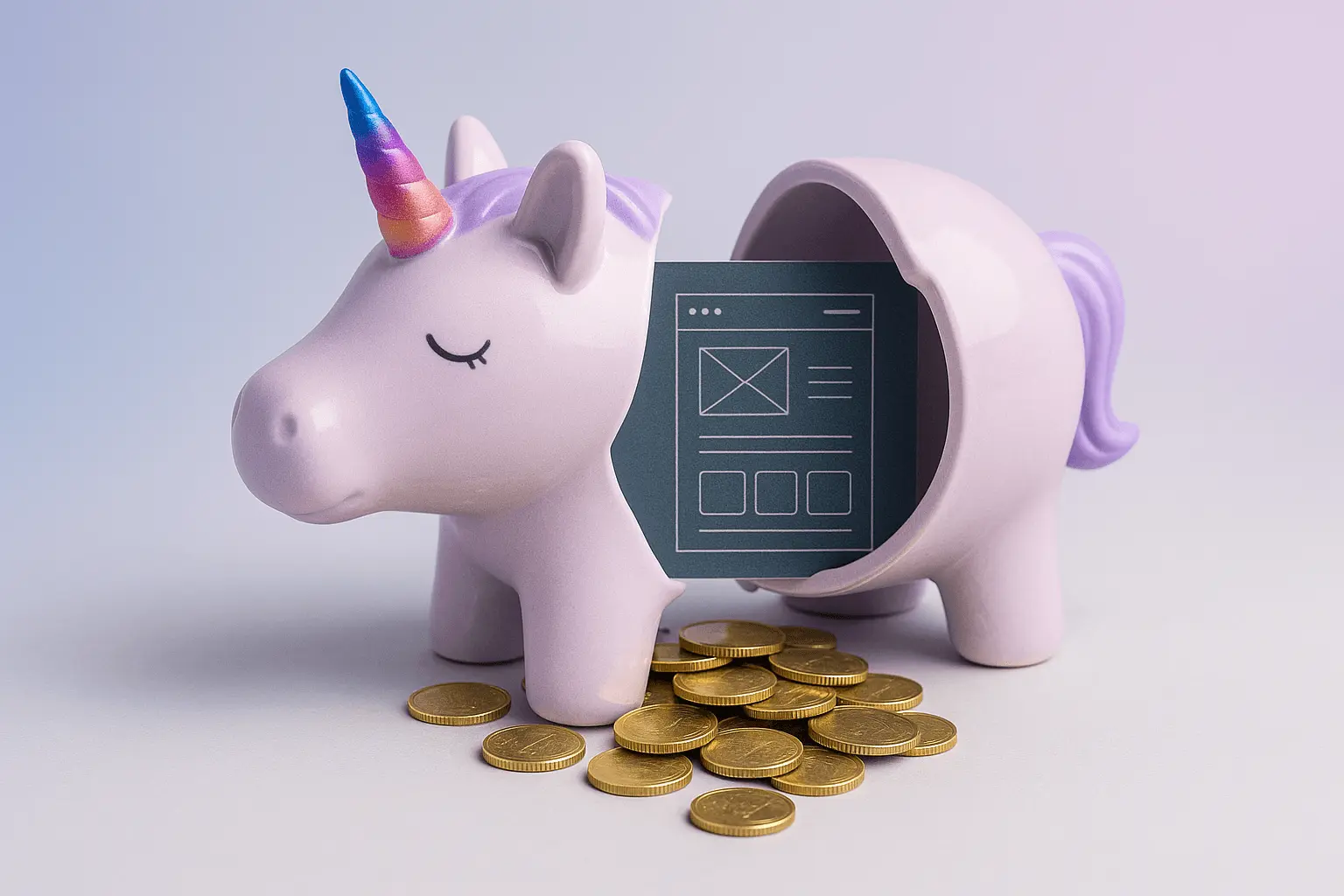The world of software engineering can be neatly split into two camps: trash-bin code and treasured, durable code. But the biggest mistake engineers make isn't confusing them; it's failing to put a safety harness on the trash-bin code.
We're not talking about a morality contest, we're talking about a lifecycle-driven strategy. When you move fast, especially with the velocity of generative AI assistance, you need a secret weapon to help you decide what to keep and what to toss. That weapon is observability.
This post flips the script: instead of talking about what makes code durable, we’ll focus on the simple, essential practices that let you discover and harden your durable code before a temporary prototype turns into a 3 AM catastrophe.
The Real Cost of Code: Maintenance, Not Creation
It's a common misconception that the most expensive part of a project is the initial coding phase. As industry veterans like Charity Majors have pointed out, the real financial and human cost is in maintenance, testing, and debugging, the effort required to see inside a system when it inevitably fails.
Disposable code is valuable because it allows for rapid exploration. Durable code is vital because it ensures stability. The challenge is that exploration often precedes stability, and without a process, a winning prototype can accidentally get promoted without the necessary preparation.
This is the fundamental difference between our two code types:
Disposable Code
Goal: Exploration, rapid prototyping, one-off scripts.
Risk Tolerance: High. Failure is cheap and a quick restart is easy.
Focus: Speed and functionality for an immediate need.
Durable Code
Goal: Stability, resilience, long-term operation.
Risk Tolerance: Low. Failure is costly (financial, reputation, or safety).
Focus: Structure, scalability, and robust testing.
KISS: Durability Enabler, Not Just Design Principle
The KISS (Keep It Simple, Stupid) principle is your first line of defense against future regret. Complicated systems are simply human error waiting to happen.
When you're building a quick disposable script, simplicity is often built-in, a quick hack rarely has time to over-engineer. The danger appears when you decide to refactor that successful script into a durable product. The temptation to "gold-plate" the system, adding complexity for complexity's sake, is strong.
Resist.
Complexity should be an evolutionary response to clearly understood, proven needs, not a premature architectural investment. Everything you add that doesn't solve a current, verified problem is a tax on future maintenance.
Your Superpower: Observability as the Feedback Loop
Here is the central argument: Observability isn't a feature you tack onto finished, durable code; it's a prerequisite for transforming disposable code.
When you're using generative AI tools to sling code faster than ever, embracing the "good enough" output for rapid exploration (a concept often referred to as "satisficing"), you are moving with incredible speed. This speed, however, increases the chance of bugs moving even faster.
Visibility Must Start Day One
AI Code Needs a Babysitter: An AI can produce a "genius snippet" in seconds, but it won't write the tests or logging for you. Without some basic instrumentation, you won't know that "genius" code is failing until your production system screams.
Turning Experiments into Insights: Observability (logging, metrics, lightweight tests) is the objective data that separates a promising prototype from a dead end. It helps you decide: Is this quick-and-dirty script worth the effort of making it durable, or should I just throw it away?
Reducing Hardening Time: The moment you spot a disposable script exceeding its initial, throwaway purpose, you’ll thank yourself for having monitoring and tests in place. Early visibility drastically cuts the time and cost required to harden the code into a reliable, long-term solution.
The Practical Move: Even for your quickest scripts, add a minimal level of instrumentation. Log key actions, track basic performance, and slap in a couple of assertions. Treat observability like a seatbelt: you plan to drive fast and smoothly, but you’ll be incredibly glad it's there if something unexpected happens.
The Lifecycle of a Reliable System
A successful piece of software rarely starts as a fully-formed, durable monolith. It follows a structured path of discovery and validation:
Prototype (Disposable): Move fast, embrace breaking things, and learn. Crucially, instrument minimally.
Observe & Test: Gather hard data and performance feedback from the real world before investing more. Does it actually work the way we hoped?
Iterate: Double down on the experiments that are validated by the data.
Harden (Durable): Add the structure, comprehensive testing, scalability, and robust observability necessary for long-term production.
By building in this minimal visibility from the start, you avoid the nightmare of trying to retrofit monitoring into a system that has already been promised production stability.
Final Takeaway: Balance is a Decision, Not a Default
Deciding between disposable and durable code isn't a matter of moral superiority; it's a context-driven risk assessment. Use KISS to fight off complexity hell. Use generative AI for lightning-fast prototypes. But pair both with observability so your experiments don't evolve into ticking time bombs. You don't need to write perfect code from day one. You just need to see enough, fast enough, to know exactly where to put your energy. Ready to build ultra-durable code for your world-class software product?
Let's talk.










